Sitting in an international meeting, one soon become aware that buzzwords and phrases are thrown around in an attempt to convince others that what one is arguing has the imprimatur of previous agreements.
Three data points – 2°C, 1.5°C and Net Zero by 2050 – have assumed hegemonic importance for the COP26 beginning in Glasgow on Sunday.
The figure of 2°C above pre-industrial Mean Global Temperature (MGT) is the agreed goal of the 2015 Paris Agreement. We have already seen, according to best estimates, a little under 1.2°C.
It is clear that 2°C was driven not by science, but by politics, and actors have simply coalesced around 2°C as a convenient political rallying point.
The first to mention 2°C was an economist – William Nordhaus in 1979. The European Union proposed 2°C in 1996, with support from some environmentalists and scientists, and the EU and especially German Chancellor Angela Merkel ‘struggled for a number of years to bring the other G8 leaders onto the 2°C bandwagon, as Joni Seager put it.
But it received a boost in 2009 when the G8 leaders adopted it, and it then found its way into the Copenhagen Accord. Seager noted that 2°C of global warming was not a geophysical threshold marking a boundary between little and much danger, but ‘patently a political target, constructed ideologically in the service of distinctive interests’.
The 2° target has, of course, been displaced for many by 1.5°C, but that too is political rather than scientific in origin.
On 17 October 2009, President Nasheed of the Maldives held the world’s first underwater cabinet meeting, a PR stunt before the December 2009 UN Copenhagen climate conference. Mark Lynas, an environmental activist and adviser to Nasheed, wrote from Copenhagen that ‘temperature rises above 1.5°C will destroy this island nation from all sides’. In fact, the Maldives has recently opened five new airports for tourism that would constitute poor investments were these claims true,
Before Paris, the Alliance of Small Island States (AOSIS) pushed for 1.5°C. With NGOs chanting ‘1.5 to stay alive’, the lower target attracted the support of over 100 countries.
But what of “Net Zero by 2050”? Part of the Paris outcome was a reference to the IPCC for a Special Report: Global Warming of 1.5°C, which it duly produced in 2018, and which called for Net Zero by 2050 if warming was to be limited to 1.5°, but by 2075 if it was to be kept to 2°C. The Agreement itself called for Net Zero in the second half of the century, so there was considerable mission creep in specifying Net Zero by 2050. But the enthusiasm for Net Zero commenced before Paris.
In 2013 about 30 women, including Christiana Figueres, the Executive Secretary of the Framework Convention on Climate Change, met at Glen House in Scotland, the impressive mid-19th Century mansion inherited by green finance activist Tessa Tennant from her father-in-law, Lord Glenconner (a onetime paramour of Princess Margaret). One participant was Farhana Yamin, an activist lawyer who had advised both the Association of Small Island States and the EU. It was here that Net Zero originated and from whence it spread – although the “by 2050” was really added by the IPCC.
It went first to the World Bank, through Glen House participant Rachel Kyte, climate envoy for the Bank. So, it come to pass that in December 2014 in a speech in Washington DC Bank President Jim Yong Kim said a proposed global climate agreement should “provide a clear pathway to zero net emissions before 2100.”
Then Jennifer Morgan of the World Resources Institute, who was close to the Merkel administration in Germany, succeeded in having Merkel secure G-7 leaders’ approval in June 2015 for a statement, apparently overcoming some reluctance from Japan and Canada, stressing the need for “decarbonisation of the global economy over the course of this century”.
Then came Paris, with its nod in the direction of 1.5°C and the promises of an IPCC Special Report to appease the Small Island States, but with Net Zero in the latter half of the century – allowing the IPCC to embrace both 1.5° and bring the impetus for Net Zero forward to 2050, which is, after all, in the second half of the century – just!
The cage Australia finds itself in was closed in 2019 when UN Secretary-General António Guterres wrote to every head of state demanding plans to achieve carbon neutrality by 2050. This provided the basis for every NGO and state that saw advantage in Net Zero by 2050 to demand that Australia and every other “recalcitrant” state fall into line with something that they never agreed to – and which lacks any sound scientific basis.
Aynsley Kellow is Professor Emeritus of Government, University of Tasmania, and a Special Correspondent for the Institute of Public Affairs on COP26 and Net Zero. This is an edited version of his first commentary for the IPA, to which you can subscribe here.
Got something to add? Join the discussion and comment below.
Get 10 issues for just $10
Subscribe to The Spectator Australia today for the next 10 magazine issues, plus full online access, for just $10.

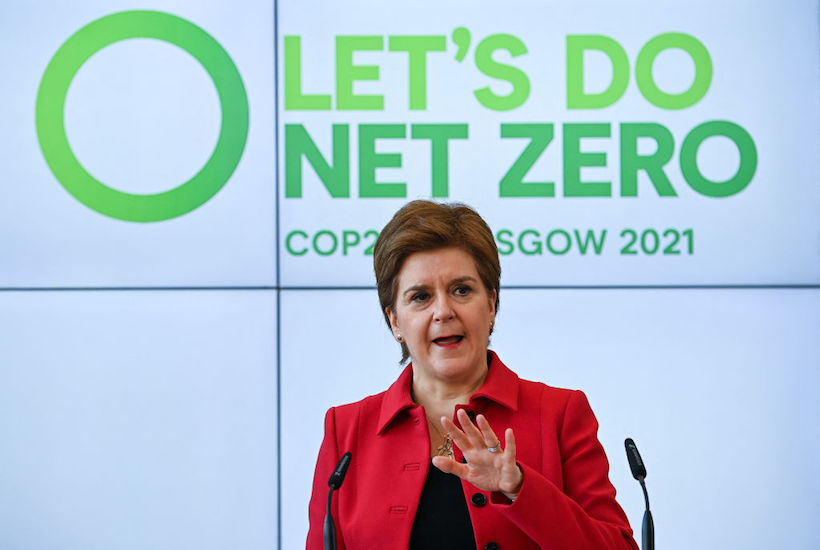
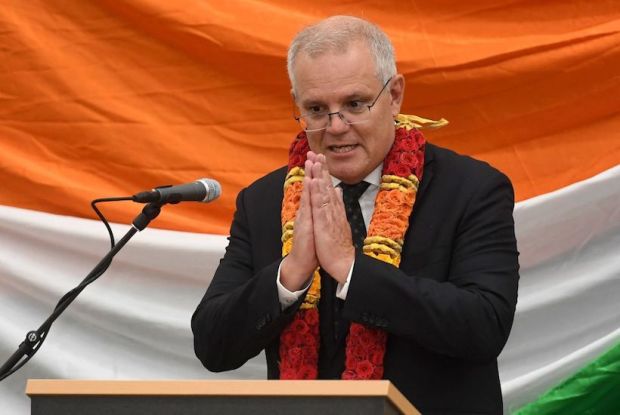
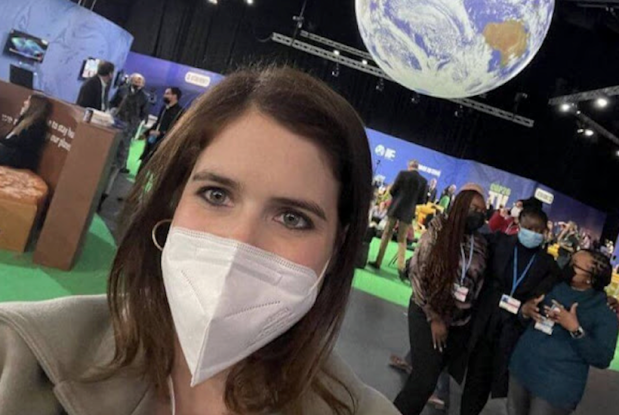


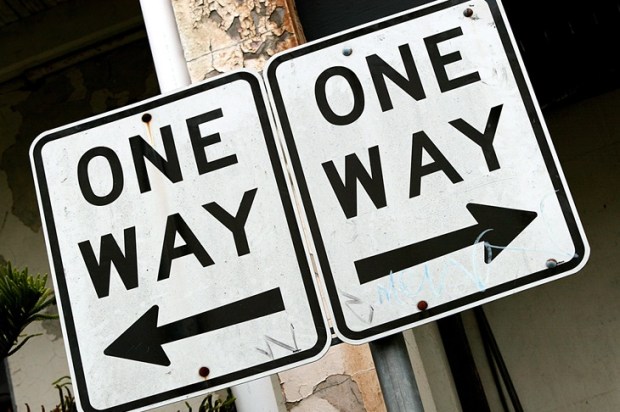
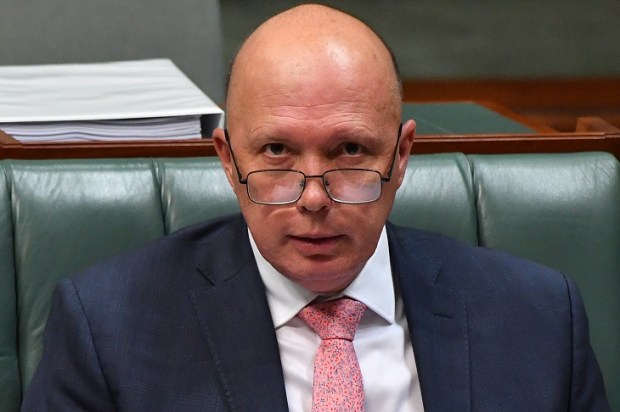
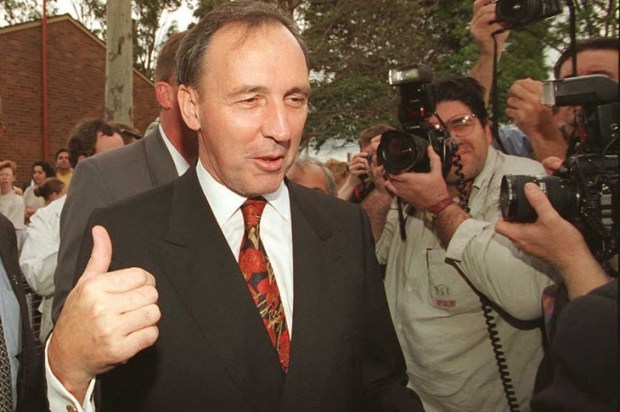
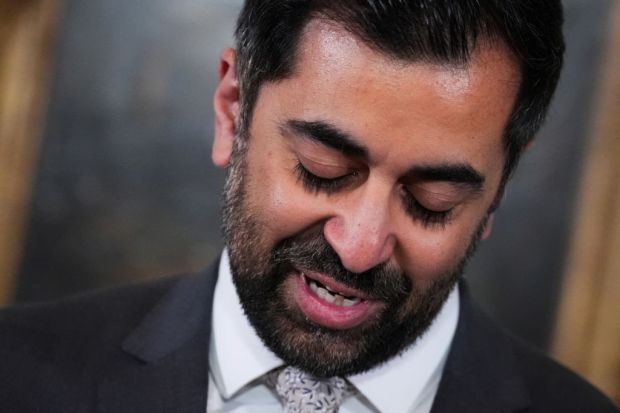
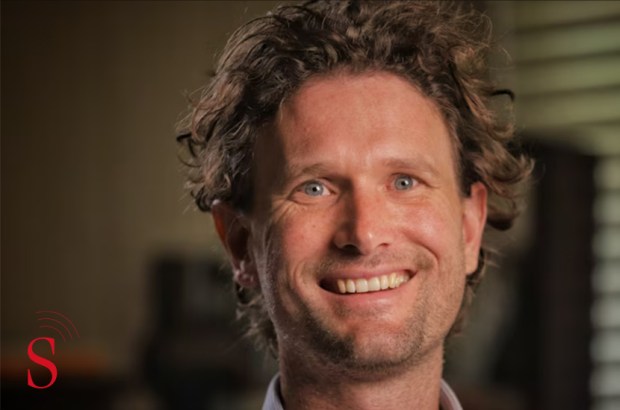
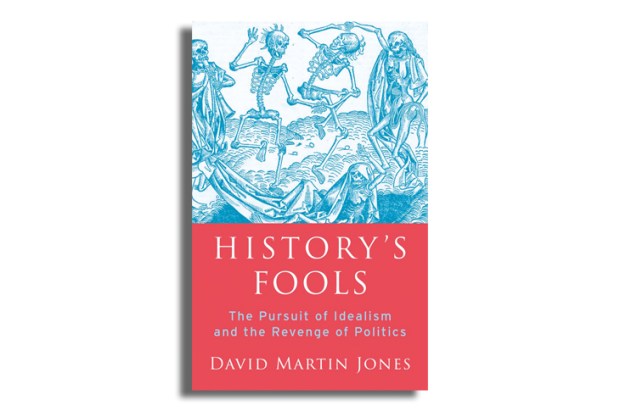



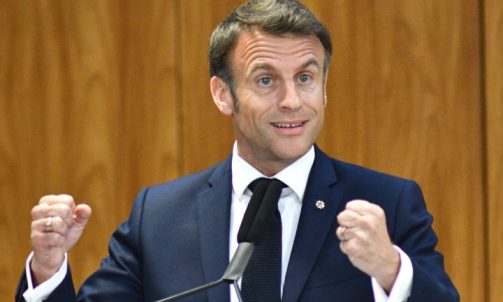


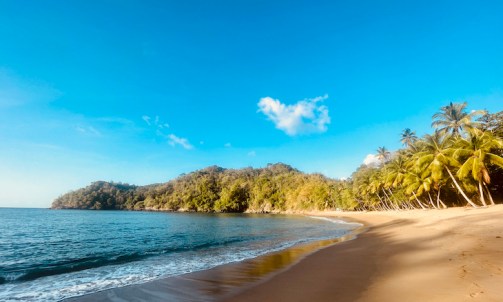
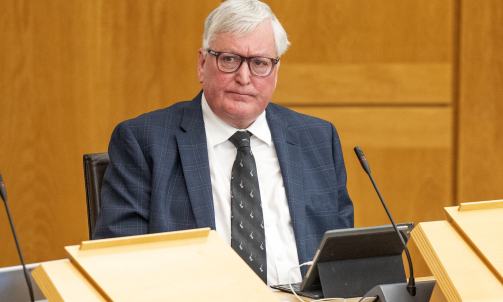






Comments
Don't miss out
Join the conversation with other Spectator Australia readers. Subscribe to leave a comment.
SUBSCRIBEAlready a subscriber? Log in